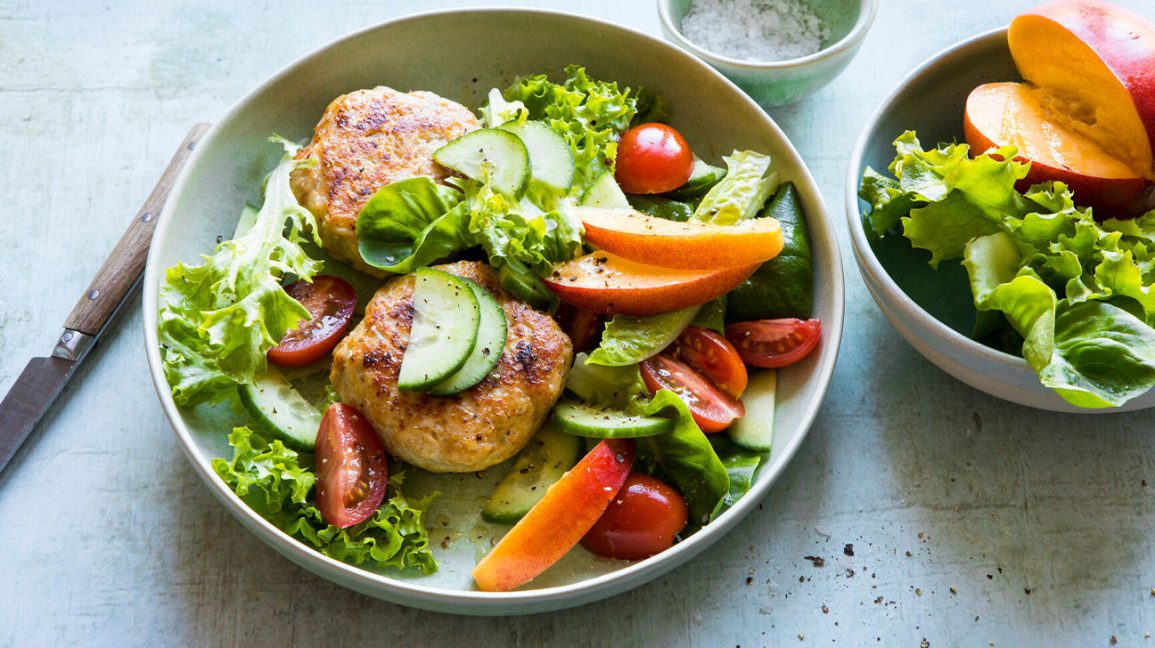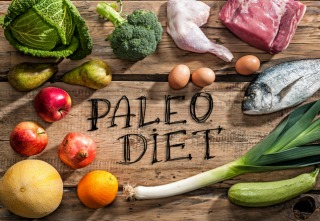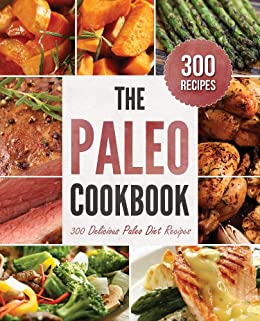
Paleo diet may prevent heart disease, but it is still controversial. While many people accept the benefits of this diet, some studies have shown that it can increase your risk of heart disease. Researchers examined the effects of the diet upon arterial distensibility, plasma glucose tolerance, total cholesterol and LDL levels, as well as circulatory metabolism.
Increased risk of developing heart disease
A new study has shown that Paleo diets significantly increase the levels of a blood biomarker related to cardiovascular disease. Trimethylamine noxide (TMAO), a naturally occurring organic compound, is produced in the stomach. A study of 44 Paleo-eaters and 47 Australians found that Paleo-eaters had higher levels TMAO. This higher level of TMAO can increase your risk of developing heart disease.
Four Australian researchers discovered that Paleo participants had elevated levels a compound linked with heart disease. Trimethylamine Noxide is a compound that bacteria produces in the gut and is associated with the development of heart disease. Eating a Paleo diet is also known to lower levels of beneficial bacteria, but further studies will be necessary to determine the exact role that this reduced carbohydrate intake has on heart health.
Increased risk for inflammation
A Paleo diet is linked to heart disease. Paleo dieters have higher levels Interlukin-10, which is a signaling chemical released by the immune cells. A low level of interlukin-10 may indicate a higher risk of developing heart disease. While high levels of interlukin-10 might counteract inflammation and help protect blood vessels, more research is necessary to confirm the relationship.

Paleo means that you avoid grains, legumes, vegetable oils, and other processed foods. It is an excellent base for many heart-healthy diets. However, it is high fat. It has both trans and saturated fats. This makes it expensive. Because it is high in meat and dairy products, some people cannot afford the Paleo diet. People with lower incomes might find it difficult to afford these meats.
An increased risk of kidney disease
Although the Paleo diet is very popular with health-conscious people, there are still some issues. The diet emphasizes meat, which is high in cholesterol. Moreover, the Paleo diet discourages the consumption of refined sugars, which are loaded with empty calories. Research has also linked these sugars to obesity, heart disease, and diabetes. The Paleo diet discourages legumes but encourages meat.
Paleo diet increases fiber intake and reduces waistline. The diet's high fiber content helps lower cholesterol levels. Avoid eating egg yolks, which are a common source of phosphorus. Egg whites provide high-quality protein, making them a better choice for kidney health. A lot of water can help decrease the protein levels in your urine. The risk of developing kidney disease is still there.
Increased risk of heart disease in women
Paleo has gained popularity for many reasons. It has many heart-healthy benefits and is based on the Mediterranean and Nordic diets. The high intake of animal fat makes it high in saturated and/or trans fats. High levels of beef consumption are associated with increased heart disease risk. Paleo is not right for everyone and can be costly for those with low income.
Research has shown that women who eat Paleo have a lower risk of developing heart disease if they consume saturated fat and cholesterol. Although the Paleo diet eliminates some junk food, it does not reduce saturated fat. Recent reviews of the nutritional data associated with heart disease revealed that there wasn't sufficient evidence to link saturated fat with heart problems. Paleo has fewer food options than the conventional diet, but still offers plenty of vegetables.
Effects on the gut bacteria

A new study shows that Paleo diets are associated with lower rates of obesity and risk of developing heart disease. In this study, the researchers compared the TMAO levels of people who followed a strict Paleo diet and those who did not. The results revealed that eating a high-protein diet promoted the growth good bacteria and decreased the number harmful microbes. High-protein diets are associated with increased risk for micronutrient deficiencies, poor gut health, and chronic diseases.
The researchers also found a strong relationship between TMAO levels and a person's diet. Research showed that a higher intake animal-based protein such as meat or fish increased TMAO production in blood. The blood levels of TMAO in the blood of participants was nearly twice that of those who were not involved in the study. The researchers also found lower levels of TMAO in vegans than those who eat paleo diets. The researchers found that participants had significantly lower TMAO levels when they took carnitine.
FAQ
How much does a culinary school cost?
Culinary school costs vary depending on where you go, how long you study, and what program you choose. The annual tuition average is between $10,000 and $30,000 Most students graduate with approximately $20,000 in debt. However, some programs offer scholarships, grants, and work-study opportunities.
How do I become a Chef?
There are many routes to becoming a chef. To start, you can take a course at your local community college. Consider attending culinary school. A paid internship is another option.
How do you store leftovers best?
Tupperware containers are great for storing leftovers. These containers keep food fresh and prevent odors forming. These containers keep food warm for longer periods of time. Remaining food can be frozen in freezer bag. When freezing food, place the bag inside another freezer bag so that air doesn't escape. After the food is frozen, place it in a sealed container like a ziplock bag.
What Are the Requirements To Be a Chef?
To be a chef you need a bachelor's level in culinary arts. You will also need to pass several tests administered by ACF. After completing these requirements, you will be awarded a certificate that confirms your qualifications.
How can I get hired for my job as a cook
A word of mouth referral can lead to a job as cook. People in your circle of friends might know about restaurants that need additional staff. You might also find openings advertised on websites or bulletin boards by restaurants.
Do I require any special equipment?
Cooking doesn't require special equipment. The best tools will make cooking more enjoyable. For example, a knife could be used for pasta making or a whisk would be better than a hand mixer for whipping egg whites to stiff peaks. Having the right tools can make cooking less daunting and allow you to get started faster.
What does it take to become a chef in the United States? What is the average career path?
It takes five years to become a chef. During this time, you will study basic cooking techniques and gain experience working as a kitchen assistant. You can apply for line, sous or executive chef positions after you complete your training. The annual average salary of a chef is $25,000-$60,000.
Statistics
- In the United States, the category is estimated at $23.2 billion annually and is growing faster than the market. (washingtonpost.com)
- According to the BLS, chefs earn $58,740 a year. (learnhowtobecome.org)
- under 10 Kids have been taught that there is special food just for them, and Fiese says that 10 percent of kids will throw a tantrum if they don't get the food they want. (washingtonpost.com)
External Links
How To
How to Be a Chef
One of the most intriguing careers is that as a chef, it's one of your best options. It is difficult to know what job you would like, as it requires a lot in the way of knowledge and skills. However, if you want to start working immediately, there are many ways to get into this field. You can choose to work at restaurants or in catering companies. These helpful tips can help you make an informed decision about becoming a chef.
-
Cook!
Cooking is something everyone should learn at least once in their life. You should learn to cook if you don't already know much about food. You can find so many different recipes online and they are very easy to follow. You should not rush learning new skills. Take your time and enjoy the journey.
-
You should get a degree in culinary arts
If you wish to become a professional chef, a culinary arts degree might be the right choice. By doing this, you can develop your own style and learn valuable knowledge. Culinary schools offer classes in pastry making, baking, meat cutting and many other subjects. Most schools require that students attend classes for many years before they can graduate. It is important to consider your options before choosing a school to train as a chef.
-
Work in a restaurant
Working in a restaurant is probably the easiest way to enter the world of chefs. This is the best way to get practical experience before you decide to become a chef. Restaurants seek qualified staff, especially those with previous experience in the same field. Look for work in restaurants if your goal is to become a chef.